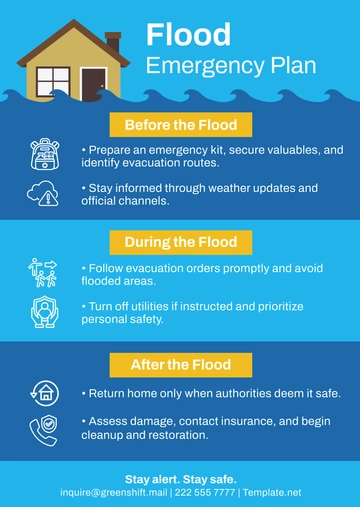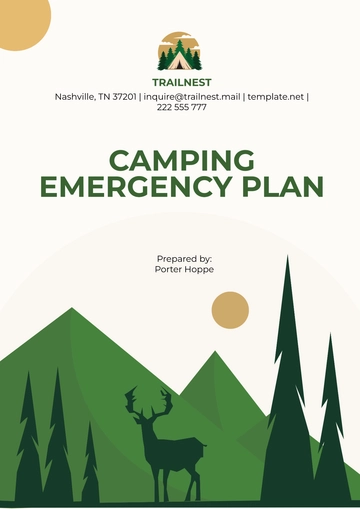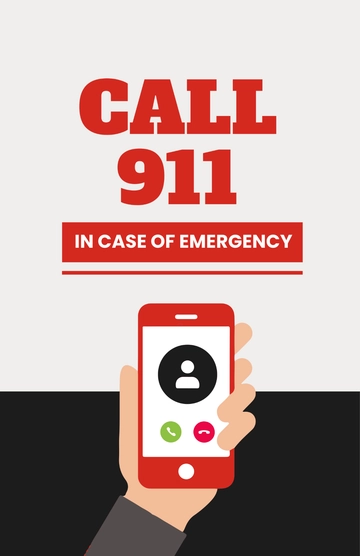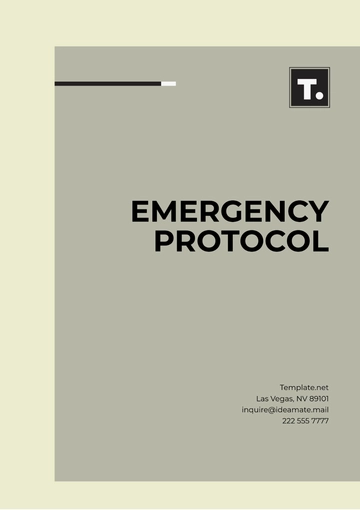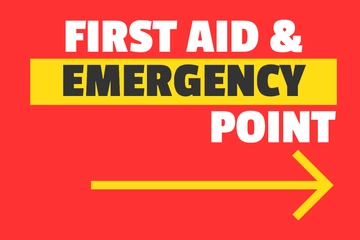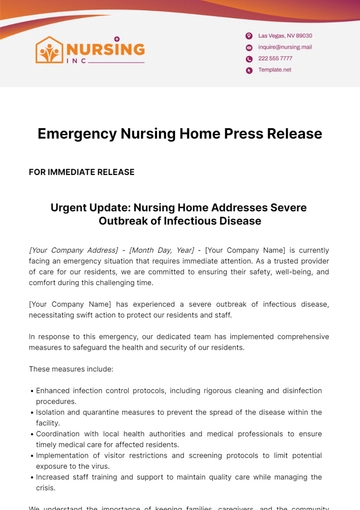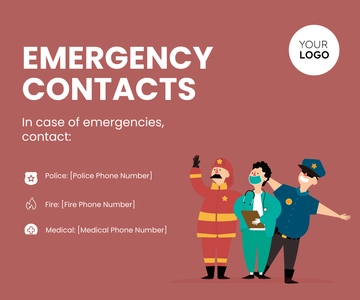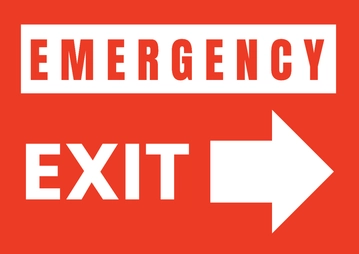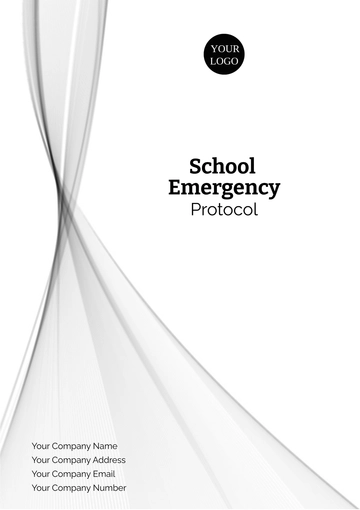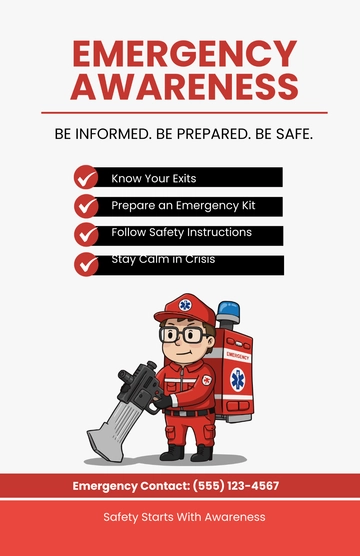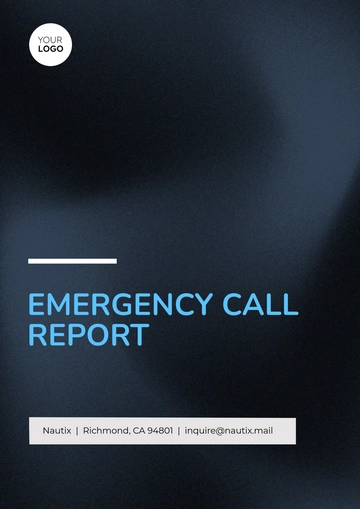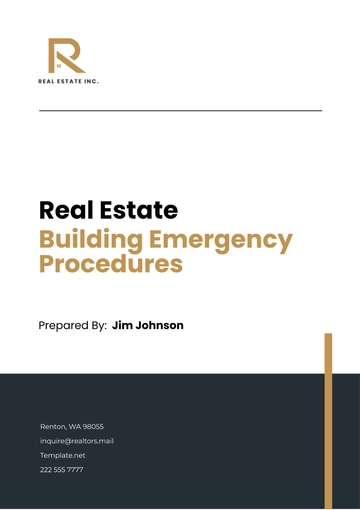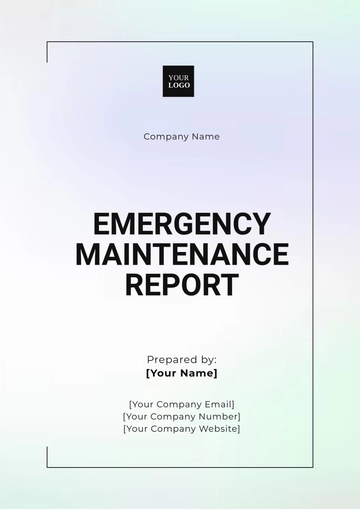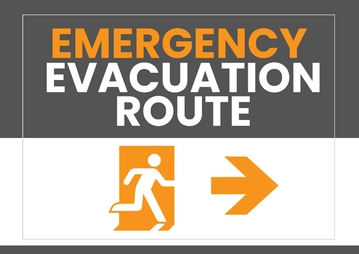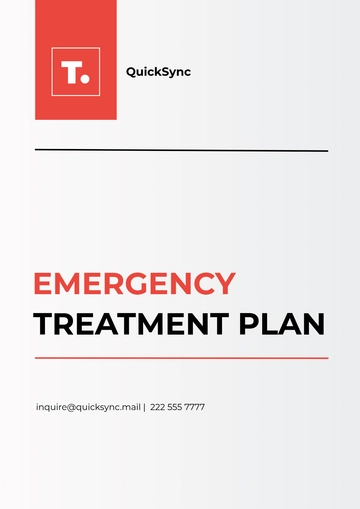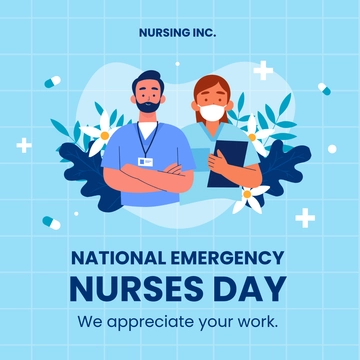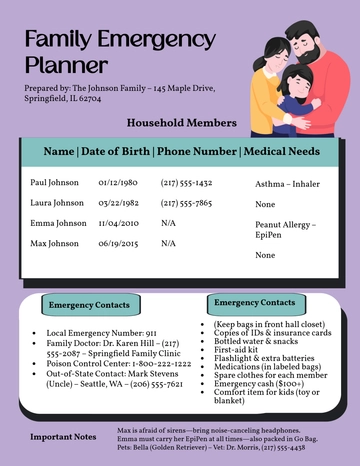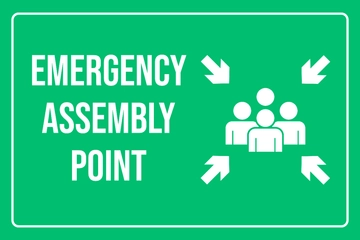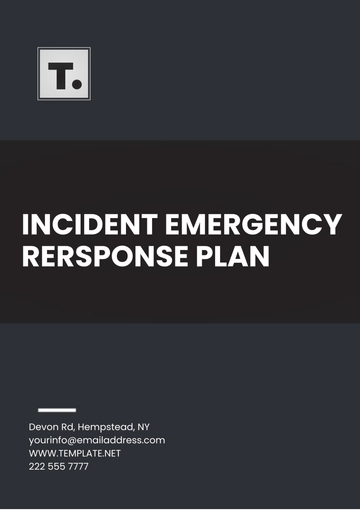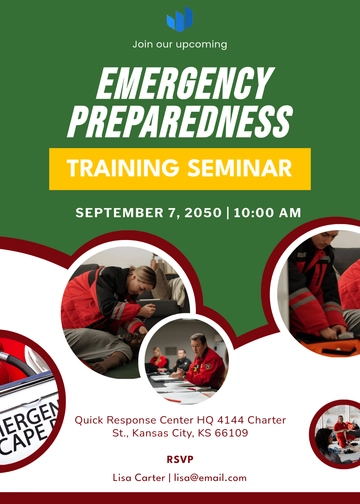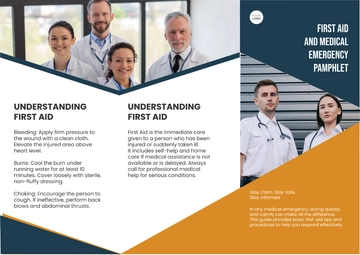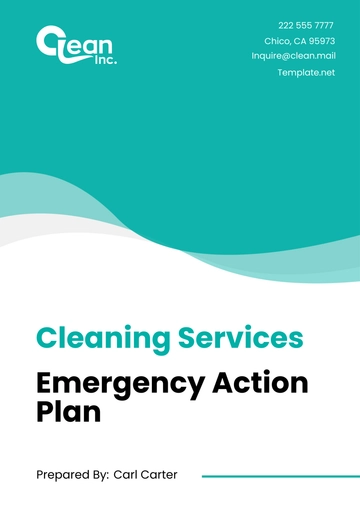Free Emergency Sales Training Sessions Protocol
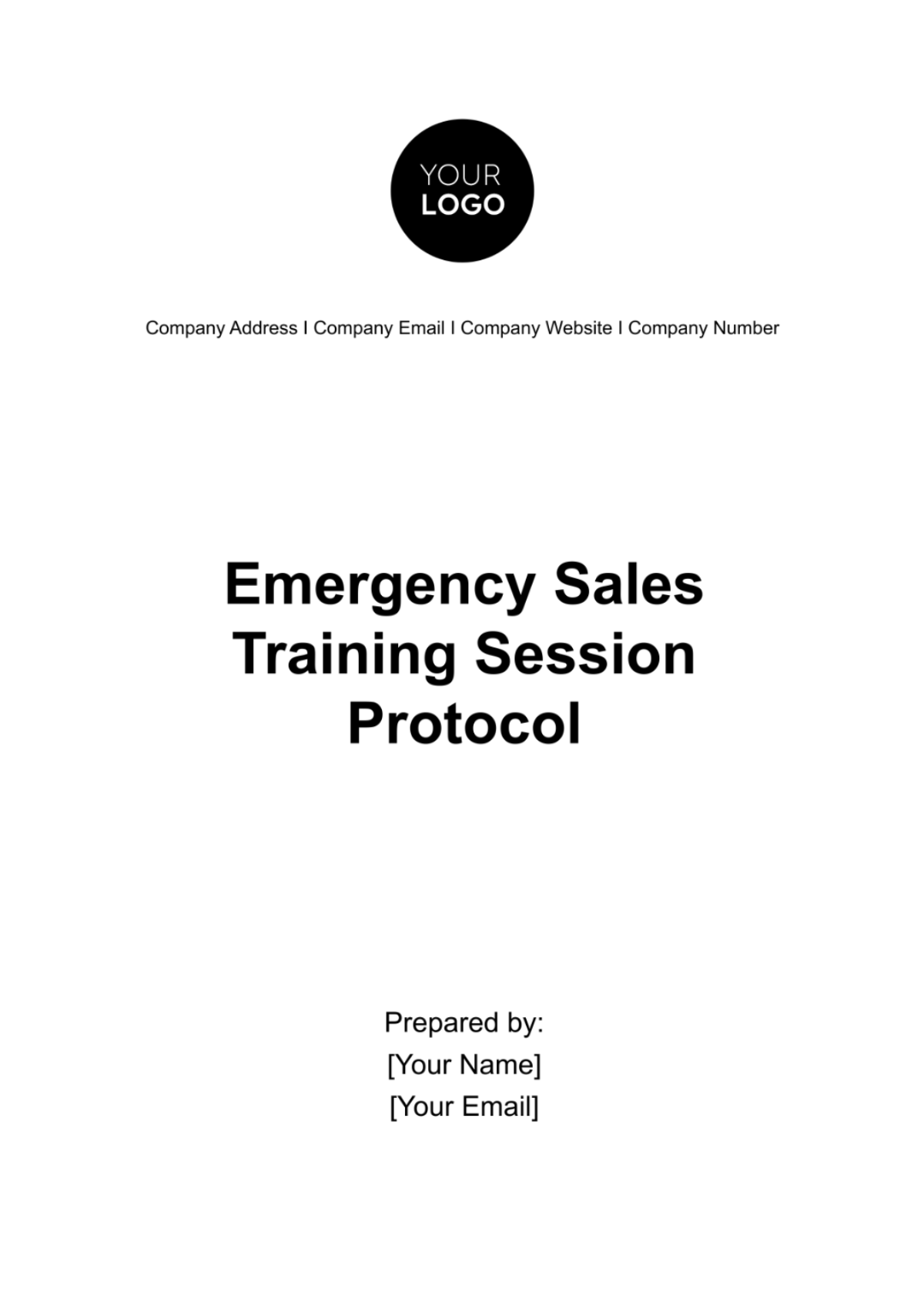
Introduction
This Emergency Sales Training Sessions Protocol aims to specify the fundamental components, processes, and examples necessary to develop an effective and efficient protocol. The capability to swiftly adapt to unforeseen events is of utmost importance. Such events might encompass the unexpected launch of an innovative product or a sudden change in market conditions.
The Necessity of Emergency Sales Training
Market disruptions, exemplified by the sudden introduction of a transformative product like the [Product Name], necessitate prompt and strategic responses. In these instances, emergency sales training becomes essential in equipping the [Your Company Name] sales team with the necessary knowledge and skills to respond adeptly.
This form of training is designed to ensure that the sales force is not only prepared to address immediate market shifts but is also capable of leveraging the opportunities these shifts may present.
Goals of the Protocol
The primary goals of the Emergency Sales Training Protocol at [Your Company Name] are:
Rapid Response: To ensure that the sales team at [Your Company Name] can swiftly adapt and convey the value of the [Product Name],
Consistency: To guarantee that the training is consistently delivered to all relevant team members at [Your Company Name].
Effectiveness: To develop training materials that are highly effective, focused, and tailored to the unique features of the [Product Name].
Adaptability: To foster adaptability within the sales team at [Your Company Name], empowering them to handle unforeseen challenges in the dynamic tech market.
Continuous Improvement: To collect feedback and data, which will be used to improve future emergency training sessions and remain competitive in the tech industry.
Adapting to the Dynamic Market
The tech market is characterized by rapid changes. [Your Company Name] recognizes the importance of agility and preparedness. The Emergency Sales Training Protocol ensures that the company can swiftly respond to unforeseen challenges and leverage them as opportunities.
Setting the Foundation
This foundational phase is pivotal for understanding the nature of emergency situations that necessitate such training, identifying the specific training needs that arise from these situations, and assembling a cross-functional team tasked with developing and implementing an effective training solution.
Defining Emergency Situations
At [Your Company Name], emergency situations are characterized by scenarios that demand immediate and strategic action from our sales force. These include:
Introduction of a Pioneering Product: The launch of a groundbreaking product, such as the "[Product Name]," compels an immediate mobilization of the sales team to adjust their sales narratives and strategies to highlight the new product effectively.
Market Disruptions: Events such as shifts in consumer preferences, the emergence of disruptive technologies, or changes in regulatory landscapes necessitate a swift recalibration of sales approaches to maintain market competitiveness.
Identifying Training Needs
To adeptly respond to the unveiling of the [Product Name], [Your Company Name] pinpoints essential training needs vital for equipping the sales team with the requisite expertise and strategies. These include:
Comprehensive Product Knowledge: An in-depth understanding of the [Product Name]'s innovative features, capabilities, and its solutions to current market gaps.
Strategic Pricing Approaches: Mastery in articulating the product's value proposition, incorporating competitive pricing strategies to optimize market penetration and customer acquisition.
Creating a Cross-Functional Team
To ensure a holistic and effective emergency sales training program, [Your Company Name] establishes a cross-functional team. This team is composed of professionals from diverse departments, including sales, marketing, product development, and customer support. The collective effort of this team is directed towards pinpointing precise training requirements and fostering a multi-dimensional training module.
Cross-Functional Team Composition and Responsibilities
Team Member | Department | Responsibilities |
|---|---|---|
[Name] | Sales | Lead the identification of sales training needs; adapt sales strategies to new product features. |
This table delineates the structure of the cross-functional team, highlighting the integral role each department plays in the conception and execution of a robust emergency sales training program. Through this collaborative effort, [Your Company Name] ensures a comprehensive approach to training, addressing all facets of the sales process and market engagement.
Developing Training Materials
At [Your Company Name], the development of training materials is approached with meticulous attention to ensure that the content is not only informative but also engaging and directly applicable. The creation process is governed by the following principles:
Conciseness: Training materials are curated to concentrate on the pivotal aspects of the [Product Name], ensuring that the content is direct and focused.
Engagement: Incorporation of interactive elements, such as virtual product demonstrations, is crucial to maintain participant engagement throughout the training session.
Practicality: The essence of the training is to equip the sales team with actionable knowledge and skills that can be seamlessly integrated into their sales dialogues.
Interactive Learning
To reinforce learning and ensure a comprehensive understanding of the [Product Name], [Your Company Name] incorporates a variety of interactive learning methods:
Role-Playing: Team members participate in simulated sales interactions, providing a realistic environment for applying the knowledge gained.
Q&A Sessions: An open forum for questions and discussions is encouraged to deepen understanding and clarify doubts.
Quizzes and Assessments: Utilized to evaluate knowledge retention and monitor the progress of participants throughout the training program.
Leveraging Existing Resources
To streamline the development of training materials, [Your Company Name] utilizes an array of existing resources:
Product Documentation: Detailed descriptions and specifications of the [Product Name] are employed to anchor the training content.
Marketing Materials: Promotional content is repurposed to highlight the product's value proposition and market position.
Previous Training Modules: Relevant sections from past training programs are adapted to the current context, enriching the new material with proven insights.
Real-World Examples
The application of real-world scenarios plays a pivotal role in illustrating the practical application of concepts:
Success Stories: Sharing instances where the [Product Name] successfully addressed market challenges emphasizes the product's efficacy and potential impact.
Training Content Structure:
Content Type | Description | Purpose |
|---|---|---|
Concise Information | Key features and benefits of the [Product Name]. | To provide a clear and focused overview of the product. |
Interactive Learning Methods:
Method | Description | Objective |
|---|---|---|
Role-Playing | Simulated sales interactions. | To practice and refine sales pitches. |
Leveraged Resources:
Resource Type | Use | Benefit |
|---|---|---|
Product Documentation | Foundation for training content. | Ensures accuracy and comprehensiveness of product knowledge. |
Through this structured approach to developing training materials, [Your Company Name] ensures that the sales team is well-prepared to navigate the complexities of the market with the [Product Name], leveraging both theoretical knowledge and practical application.
Negotiation and Objection Handling
In emergency sales, negotiation and objection handling skills are crucial. Equip your team to navigate these challenges with confidence.
Negotiation Strategies for [Your Company Name]: [Your Company Name] prepares its team to offer strategic concessions, such as flexible payment terms, to expedite the contract and secure the project.
Objection Handling Techniques for [Your Company Name]: During negotiations with the urgent client, if they raise concerns about the cost, your team should be prepared to demonstrate the long-term cost-effectiveness of [Your Company Name]' solution, potentially offering a discount for faster payment.
Time Management and Prioritization
Effective time management and task prioritization are crucial, especially in emergency sales situations.
Time Blocking at [Your Company Name]: [Your Company Name]' sales team allocates specific time blocks for requirement analysis, solution design, development, and testing to ensure the project stays on track without compromising on quality.
Task Prioritization at [Your Company Name]: [Your Company Name] emphasizes that initial development and testing are of utmost priority to meet the tight deadline, while secondary tasks can be addressed later.
Utilization of Technology and Tools
Leverage technology and sales tools to streamline the emergency sales process at [Your Company Name].
CRM Systems for [Your Company Name]: [Your Company Name]'s CRM system keeps detailed records of the e-commerce client's needs, communication history, and progress, enabling a seamless and personalized approach in each interaction.
Sales Automation for [Your Company Name]: [Your Company Name] uses automated follow-up emails to keep the client informed about project progress, ensuring timely updates without manual intervention.
Continuous Learning and Adaptation
Encourage a culture of perpetual learning and adaptability within your sales team at [Your Company Name].
Thorough Debrief and Review at [Your Company Name]: [Your Company Name] conducts a post-sale review where they identify that empathetic objection handling and showcasing real-world benefits were pivotal in closing the deal.
Feedback Loop for [Your Company Name]: [Your Company Name] encourages team members to share their client-specific learnings and insights, which are incorporated into the sales playbook for future scenarios.
Scalability and Documentation
Ensure consistency and scalability by documenting the emergency sales protocol for [Your Company Name].
Robust Sales Playbook for [Your Company Name]: [Your Company Name]'s sales playbook includes a dedicated section for handling urgent projects, with detailed examples and guidelines for different scenarios.
Regular Updates at [Your Company Name]: [Your Company Name] uses automated follow-up emails to keep the client informed about project progress, ensuring timely updates without manual intervention.
Conclusion
The Comprehensive Emergency Sales Protocol at [Your Company Name] equips our sales team to excel in high-pressure, time-sensitive situations. By deeply assessing situations, tailoring messages, conducting realistic role plays, mastering negotiation and objection handling, managing time effectively, utilizing technology, fostering a culture of learning, and documenting best practices, [Your Company Name] remains well-prepared to succeed in the face of unexpected sales opportunities. Adaptability and a commitment to continuous learning are our keys to success in this fast-paced environment, enabling [Your Company Name] to maintain its leadership position in the technology solutions industry.
- 100% Customizable, free editor
- Access 1 Million+ Templates, photo’s & graphics
- Download or share as a template
- Click and replace photos, graphics, text, backgrounds
- Resize, crop, AI write & more
- Access advanced editor
Elevate your team's sales prowess with Template.net's Emergency Sales Training Sessions Protocol Template. This invaluable resource is fully editable and customizable, ensuring you can tailor every detail to your company's needs. Designed for seamless integration, it's easily adjustable in our Ai Editor Tool, making it a breeze to modify.
